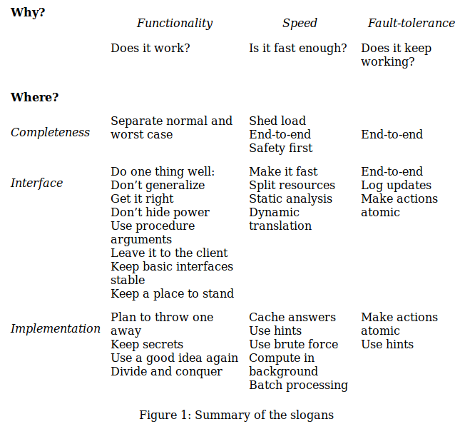Programming Language Foundations in Agda by Philip Wadler and Wen Kokke.
From the preface:
The most profound connection between logic and computation is a pun. The doctrine of Propositions as Types asserts that a certain kind of formal structure may be read in two ways: either as a proposition in logic or as a type in computing. Further, a related structure may be read as either the proof of the proposition or as a programme of the corresponding type. Further still, simplification of proofs corresponds to evaluation of programs.
Accordingly, the title of this book also has two readings. It may be parsed as “(Programming Language) Foundations in Agda” or “Programming (Language Foundations) in Agda” — the specifications we will write in the proof assistant Agda both describe programming languages and are themselves programmes.
The book is aimed at students in the last year of an undergraduate honours programme or the first year of a master or doctorate degree. It aims to teach the fundamentals of operational semantics of programming languages, with simply-typed lambda calculus as the central example. The textbook is written as a literate script in Agda. The hope is that using a proof assistant will make the development more concrete and accessible to students, and give them rapid feedback to find and correct misapprehensions.
The book is broken into two parts. The first part, Logical Foundations, develops the needed formalisms. The second part, Programming Language Foundations, introduces basic methods of operational semantics.
Hackers should attend closely to Wadler and Kokke’s text to improve their own tools. The advantages of type-dependent programming are recited by Andrew Hynes in Why you should care about dependently typed programming and I won’t repeat them here.
Hynes also reassures hackers (perhaps not his intent) that a wave of type-dependent programming is not on the near horizon saying:
So we’ve got these types that act as self-documenting proofs that functionality works, add clarity, add confidence our code works as well as runs. And, more than that, they make sense. Why didn’t we have these before? The short answer is, they’re a new concept, they’re not in every language, a large amount of people don’t know they exist or that this is even possible. Also, there are those I mentioned earlier, who hear about its use in research and dismiss it as purely for that purpose (let’s not forget that people write papers about languages like C and [Idealized] Algol, too). The fact I felt the need to write this article extolling their virtues should be proof enough of that.
Like object orientation and other ideas before it, it may take a while before this idea seeps down into being taught at universities and seen as standard. Functional programming has only just entered this space. The main stop-gap right now is this knowledge, and it’s the same reason you can’t snap your fingers together and have a bunch of Java devs who have never seen Haskell before writing perfect Haskell day one. Dependently typed programming is still a new concept, but that doesn’t mean you need to wait. Things we take for granted were new once, too.
I’m not arguing in favour of everybody in the world switching to a dependently typed language and doing everything possible dependently typed, that would be silly, and it encourages misuse. I am arguing in favour of, whenever possible (e.g. if you’re already using Haskell or similar) perhaps thinking whether dependent types suit what you’re writing. Chances are, there’s probably something they do suit very well indeed. They’re a truly fantastic tool and I’d argue that they will get better as time goes on due to way architecture will evolve. I think we’ll be seeing a lot more of them in the future. (emphasis in original)
Vulnerabilities have been, are and will continue to be etched into silicon. Vulnerabilities exist in decades of code and in the code written to secure it. Silicon and code that will still be running as type-dependent programming slowly seeps into the mainstream.
Hackers should benefit from and not fear type-dependent programming!

